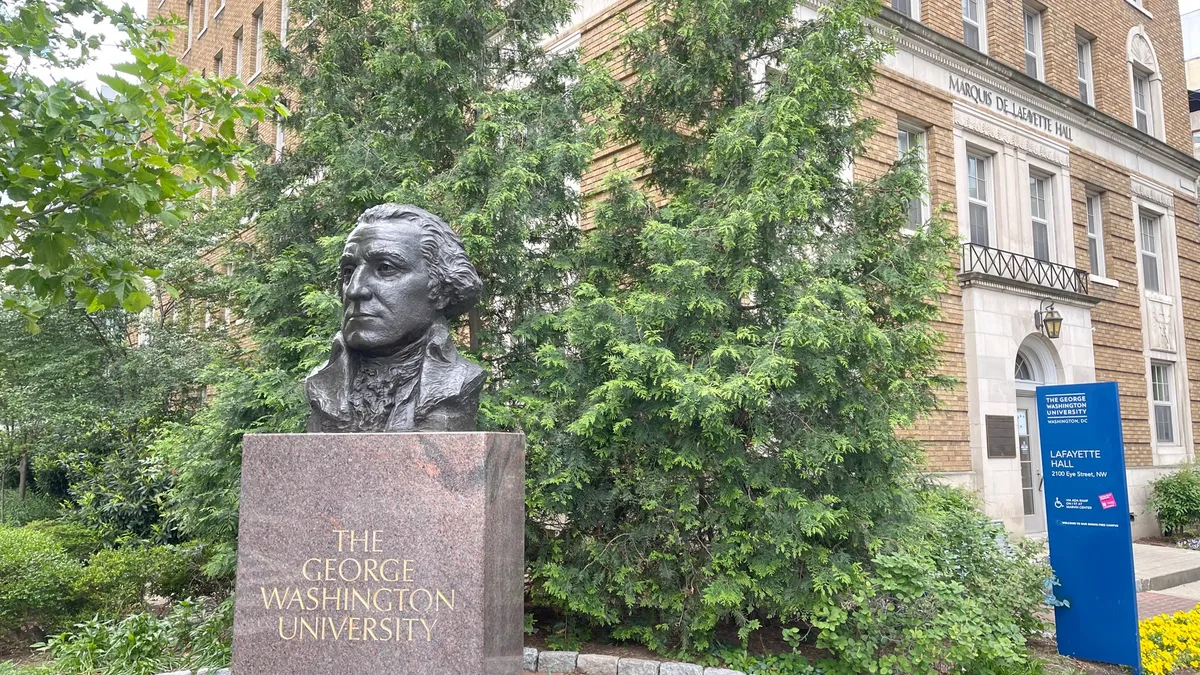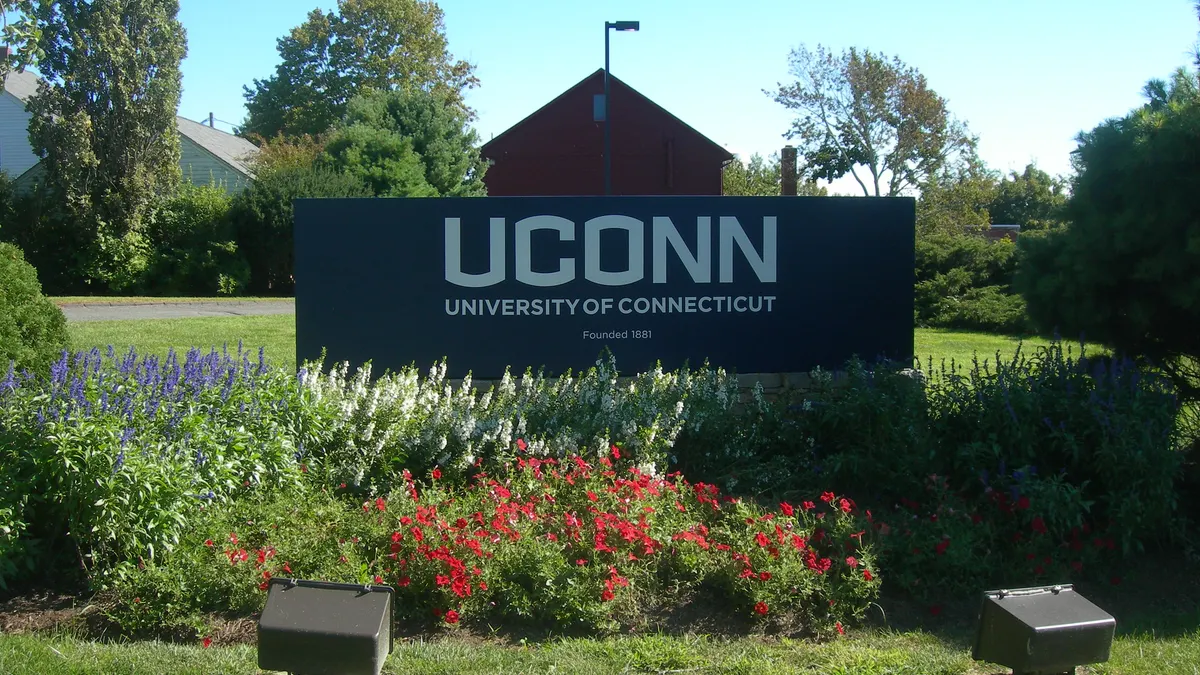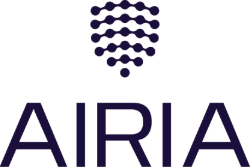Dive Brief:
- Community colleges filled the void for students enrolled at for-profit institutions that were hit with sanctions, according to a new paper from the Federal Reserve Bank of Philadelphia.
- Many speculated these students would discontinue their pursuit of education when their schools closed and financial aid was spent, but researchers found a 53% decline in Pell grant-receiving students at for-profits coincided with a 17% increase in community college enrollment by these same students following sanctions against the for-profits in the 1990s.
- Researchers say a decline in for-profit enrollment has been offset by the increase in public sector enrollment, and thus there was no drop in educational attainment, Inside Higher Ed reports.
Dive Insight:
The Obama administration was particularly aggressive in going after for-profit institutions, but some have expected a more lax regulatory environment under the Trump administration. And with the recent announcement from the Department of Education that Pell awards would be restored for students whose institutions were shuttered, there is an opportunity for other institutions to actively recruit and enroll these students.
Community colleges have always been particularly good at serving adult learners, and many of these are the same students who enroll in for-profit education, making the transition a natural fit. The more affordable unit costs, flexible scheduling and education programs which are often directly aligned with workforce needs and new industry trends make community colleges appealing for individuals with limited means or familial obligations. But these are characteristics which four-year institutions should also be looking to mirror. Many larger institutions can be slow to change — a point that was underscored with the recent announcement that Duke University's five-year curricular review was being shelved without any recommendations being implemented.
But higher ed can no longer afford to be so slow-moving. It is incumbent upon campus leaders to foster an environment of innovation and constant review of programs and efficiencies to preserve the enterprise. As claims of disconnect between workforce needs and graduate preparedness persist, if the traditional higher education complex is to survive, administrators and faculty must work together to find ways to offer more flexible courses, better hybrid and distance learning options, more relevant content, and clearer pathways to completion.







